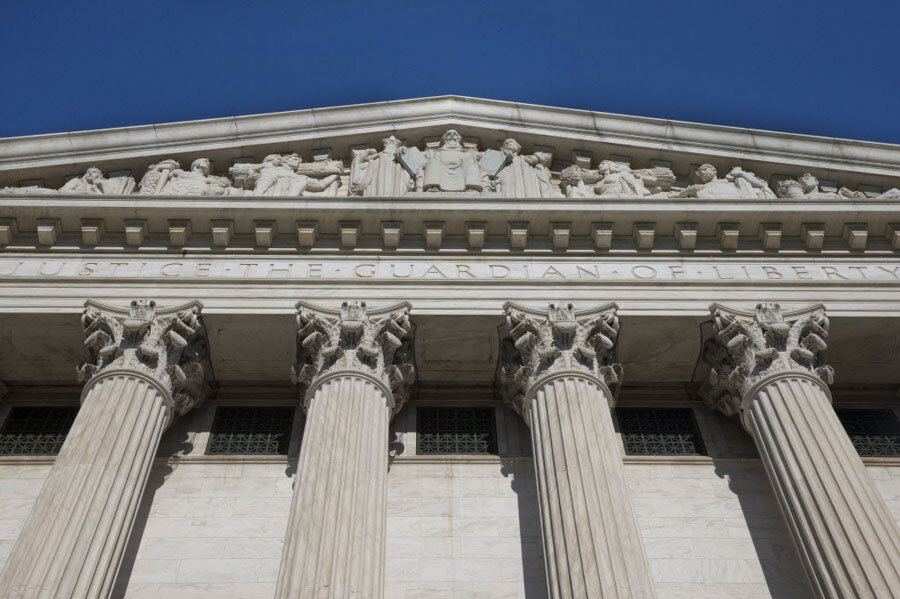Supreme Court agrees to hear new challenge to affirmative action in Texas
Loading...
| Washington
Affirmative action is once again before the US Supreme Court in a case that could develop into a major showdown over the use of race in college admissions.
On Monday, the high court agreed to re-examine the constitutionality of an affirmative action plan at the University of Texas at Austin. The case is expected to be set for oral argument in the court’s next term this fall.
Justice Elena Kagan announced that she was recusing herself from the case because she worked on aspects of the litigation while serving as US Solicitor General prior to her nomination to the high court.
The other justices are also familiar with the case.
They examined the Texas admissions program two years ago. Rather than decide the case itself at that time, the court vacated a federal appeals court decision that had upheld the Texas plan. The justices then remanded the case back to the appeals court to take another look at the issue and apply a more critical eye to the university’s reliance on racial preferences in admissions.
In a 2-to-1 decision last year, the New Orleans-based Fifth US Circuit Court of Appeals ruled that the university’s affirmative action plan did not violate the equal protection clause of the 14th Amendment.
Instead, the appeals court said the university was justified in its use of race to achieve a necessary level of racial diversity on its campus and in its classrooms.
Following that decision, lawyers challenging the use of race in admissions asked the Supreme Court to once again take up the issue.
The lawyers said the appeals court had failed to apply the necessary strict level of scrutiny in assessing the Texas affirmative action plan. They said that to pass constitutional muster the plan had to be narrowly tailored to meet a compelling educational interest in diversity that could not be met in any other way.
The University of Texas’s affirmative action plan serves as a supplemental admissions process. Some 75 percent of the entering freshman class is selected under a race-neutral admissions scheme required by the state legislature.
Under that scheme, the university must admit the top 10 percent of graduates at each high school in the state.
Because of segregated housing patterns throughout Texas, the 10 percent plan has resulted in racially-diverse enrollments at the university.
But university officials insist that they must be permitted to use race as one of several factors in deciding how to fill the remaining seats in each new class.
The officials say they are striving to achieve a deeper level of diversity than could be achieved under the Texas Top 10 percent law.
In his brief urging the Supreme Court not to take up the case, Washington appellate lawyer Gregory Garre said that the Texas admissions program complies with prior decisions by the high court issued in 1978 and 2003.
“Those decisions establish that universities may consider race – when narrowly tailored to their compelling interest in student body diversity,” Mr. Garre wrote. “So all that remains is the application of existing precedent to the record in this case,” he said.
Lawyers challenging the Texas plan disagreed. They wanted the high court to take up the case and subject it to a tough examination.
“If not reviewed, the Fifth Circuit’s decision will signal to universities and courts throughout the nation that strict scrutiny is a pro forma exercise and that (the Texas case) is a green light for racial preferences in admissions decisions,” Washington appellate lawyer Bert Rein wrote in his petition asking the justices to take up the case.
The case is Fisher v. University of Texas (14-981).





